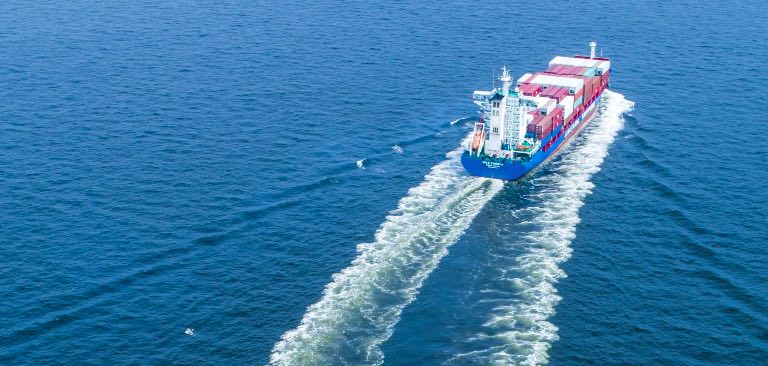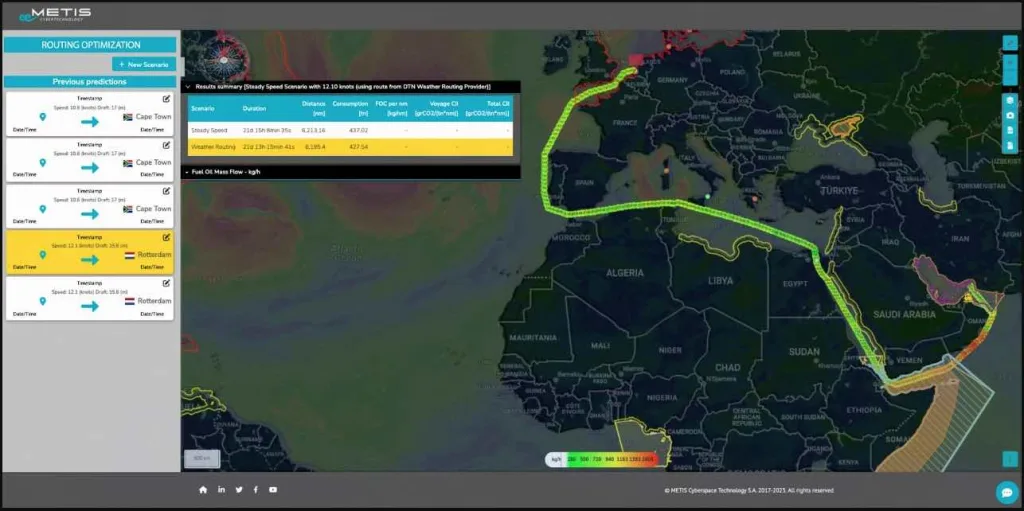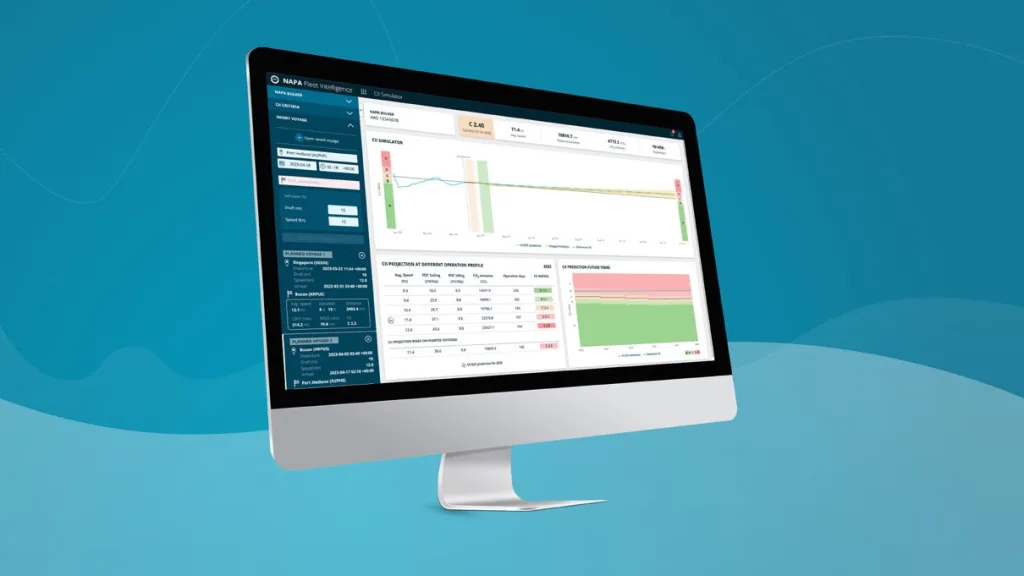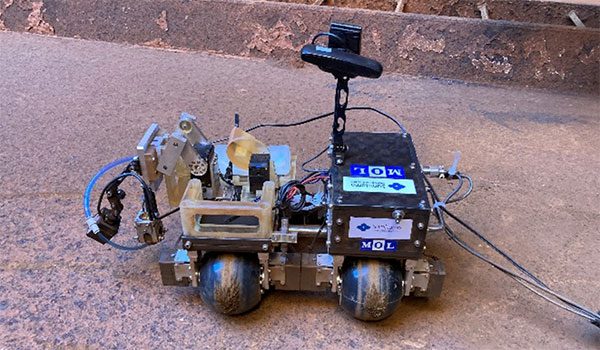28 November 2024
5 mistakes to avoid when assessing vessel performance models

Shipping companies need accurate and reliable vessel performance models to support decision-making. But choices can be far from optimal if they are based on poor performance models. So how to choose the right one?
Table of Contents
Concept
Maritime businesses rely on trusted information at the right time. It’s crucial for pre-fixture analysis, charter party claims, route optimization, CII reporting, benchmarking against industry performance, and many other activities. Thousands of dollars may be lost on every voyage if the optimization relies on an inferior vessel performance model.
So, when choosing a vessel performance model, a proper assessment of its quality is key. The challenge is that assessing the quality of vessel performance models is fraught with pitfalls. In many cases, model quality assessment methods are insufficient or even misleading, which creates a real risk that critical business decisions are made on shaky foundations.
To avoid this, LR has used its expertise to highlight five things to avoid when selecting voyage performance software, listed below. The key learning is this; accurate and relevant measures of model quality are every bit as important as the models and must come before we can confidently apply vessel performance models to any use case.

Weather-Optimized Routing to Enhance Ship Performance with METIS & DTN
METIS Cyberspace Technology and DTN collaborate to integrate Vessel Routing API into Augmented Routing Optimization for weather-optimized routing decisions, AI-based analytics, and vessel performance gains.
Ship Nerd
1. Not measuring the ability to generalize
Vessel performance models are trained on historic or past data. Ideally, the models are retrained frequently, such as after each newly completed voyage. But there will always be some degree of separation between the training data, and the data served to the model at ‘crunch time‘ and used to predict vessel performance in real-life applications.
For this reason, it is critical to assess what is referred to as the model’s generalization ability. That is, how well can the model predict vessel performance in new conditions? To that end, the model should be tested on data it has not trained on – that is, conditions and speeds that it has not interpreted before.
2. Treating tests as single results and not collectively
The inputs and outputs that make up the data that vessel performance models are trained on are not deterministic, but stochastic; which means they are random variables. Each measurement is an observation of a random process. Every time it is observed, a different number will be obtained.
As with all tests based on stochastic data, the test results will also be random. If only a single test is done, then an incorrect conclusion can be drawn. If, however, the average result of five tests is used, the conclusion is much less susceptible to the randomness in the data and the conclusion drawn on it is therefore much less likely to be wrong.
3. Ignoring input noise
To predict how much power is needed to achieve a certain speed through water, many conditions must be factored in; currents, wave spectrum, wind speed, and direction, draft and trim, sea depth, rudder angle, and sea surface temperature, for example.
Speed through the water is notoriously hard to pin down. Oceanographic current estimates are uncertain and speed logs can be unreliable, requiring careful and frequent calibration and maintenance.
If the inputs are assumed to be noise-free (deterministic), the quality assessment of the model will, to a degree, be confused by the effects of the variation in the inputs, since they are stochastic (noisy).
4. Ignoring output noise
The output data is often affected by various sources of randomness and bias that can be hard to deal with. The output in machine learning is often called ‘the target’, which makes it obvious that if the output data used to train the model is bad, the resulting model will be bad – no matter how perfect it could be if only the data behaved.
A highly risky approach is to ignore these potential issues and simply train on all the available output data. Although this is sometimes done, it should be avoided.
“Thousands of dollars may be lost on every voyage if the optimisation relied on an inferior performance model.”
Daniel Jacobsen, Head of AI, Lloyd’s Register Digital Solutions
5. Using the wrong quality metric
The observed differences between model predictions and reported power or fuel consumption are stochastic, random variables. The higher the quality of a performance model, the smaller these differences will be.
The differences will, of course, never be zero – no model is perfect – and the data, both inputs, and outputs, are noisy, so how should differences of varying magnitude be interpreted, for the purpose of assessing model quality? This comes down to a choice of metric for summarising all the observed differences into one model quality KPI. A good metric reflects the true distribution of the differences.
Source: LR
See Also
Global maritime software and data services provider NAPA has urged the shipping industry to take a proactive approach to the IMO’s Carbon Intensity Indicator (CII), making the most of digital platforms that enable charterers and owners to work collaboratively towards compliance and reduce greenhouse gas emissions.
This comes as NAPA has launched its CII Simulation, a module of the NAPA Fleet Intelligence platform, during CMA Shipping in Stamford, United States. The new tool uses a ship’s digital twin, together with data on its past and current routes and performance, to predict its CII rating for every sea passage or for any desired date during the year, such as at the end of the year, or after a given chartering period.

New CII simulation tool from NAPA using a Digita Twin
NAPA’s new CII simulation tool will enable greater charter party collaboration and emissions reductions, using Digital Twin technology.


